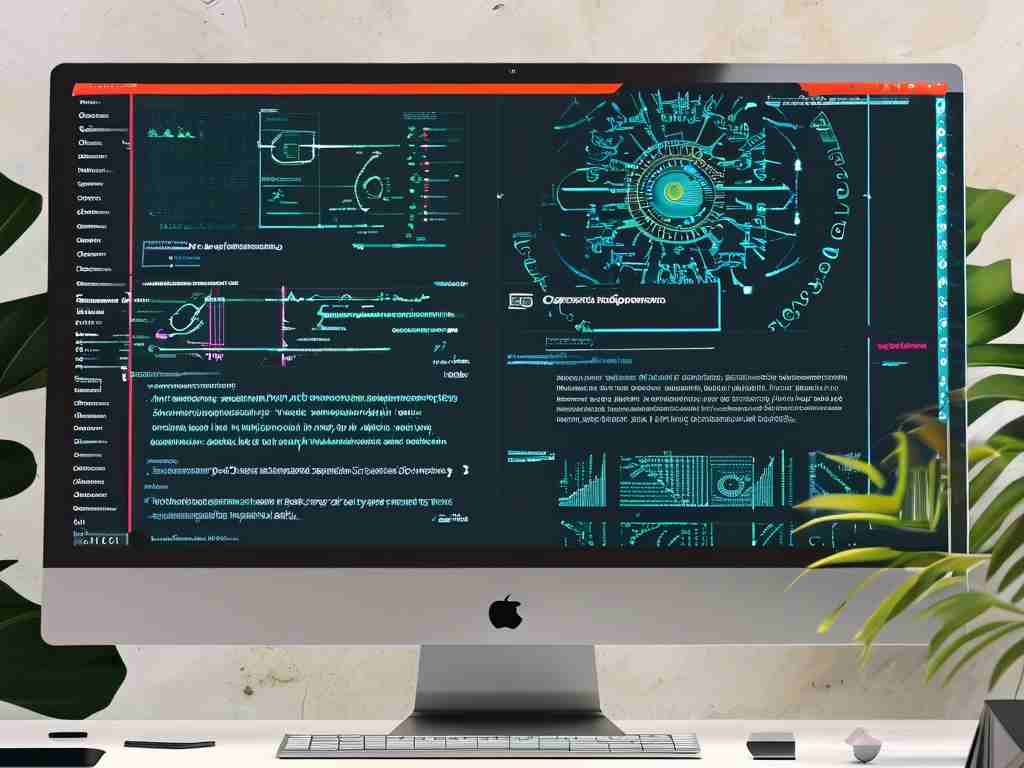Compilation principles, often referred to as compiler design, form a core component in computer science education. This subject delves into the intricate process of transforming high-level programming languages into executable machine code, serving as a bridge between software development and hardware execution. Understanding how compilers work is not isolated; it intersects with several key courses that build a robust foundation for students. For instance, programming languages courses are directly tied to compilation principles. When students learn about syntax and semantics in languages like Python or Java, they're exposed to the parsing and lexing stages of compilers. A simple code snippet in Python, such as def add(a, b): return a + b, illustrates how a compiler breaks down tokens during lexical analysis. This connection reinforces why mastering programming languages enhances one's ability to design efficient compilers, as it involves understanding language constructs that must be accurately translated.

Moreover, operating systems courses share a strong relationship with compilation principles. Compilers interact deeply with OS functionalities like memory management and process scheduling. For example, during code generation, a compiler must optimize memory allocation, which relies on concepts taught in OS classes, such as virtual memory and paging. Students who study both subjects gain insights into how compiled code executes efficiently on hardware, preventing bottlenecks. Similarly, computer architecture is another critical related course. Compilation principles involve optimizing code for specific processors, drawing from architecture topics like instruction sets and pipelining. A brief assembly code snippet, MOV AX, 5; ADD AX, BX, shows how compilers target low-level operations, emphasizing the need for architecture knowledge to achieve performance gains. This synergy helps learners appreciate the hardware-software interface, making compilation a practical application of theoretical concepts.
Furthermore, formal languages and automata theory is inherently linked to compilation. Courses in this area cover grammars and finite automata, which underpin the parsing algorithms in compilers. For instance, context-free grammars are used to define language syntax, and students apply this in compiler labs to build parsers. Algorithms courses also play a vital role, as compilation relies on efficient algorithms for tasks like optimization and code generation. Techniques such as graph-based register allocation stem from algorithm studies, ensuring compilers produce fast, resource-efficient code. Beyond these, software engineering courses complement compilation by teaching design patterns and testing methodologies, which are crucial for developing reliable compilers. Throughout this journey, students often encounter real-world projects, like implementing a simple compiler in C++ or Java, which solidifies interdisciplinary learning.
In , compilation principles are not standalone; they weave through a tapestry of courses including programming languages, operating systems, computer architecture, formal languages, algorithms, and software engineering. This interconnectedness enriches computer science curricula, preparing students for careers in software development, system design, and beyond. By studying these related areas, learners gain a holistic view of how code evolves from conception to execution, fostering innovation in an ever-evolving tech landscape.






